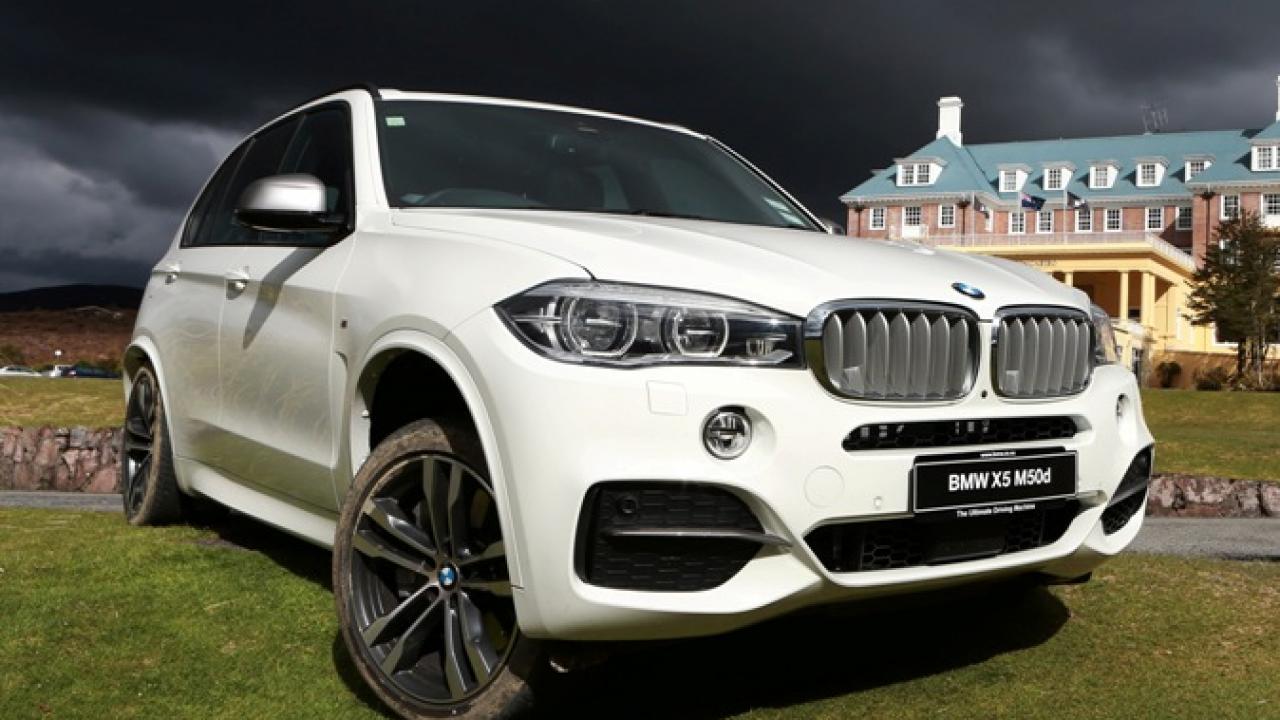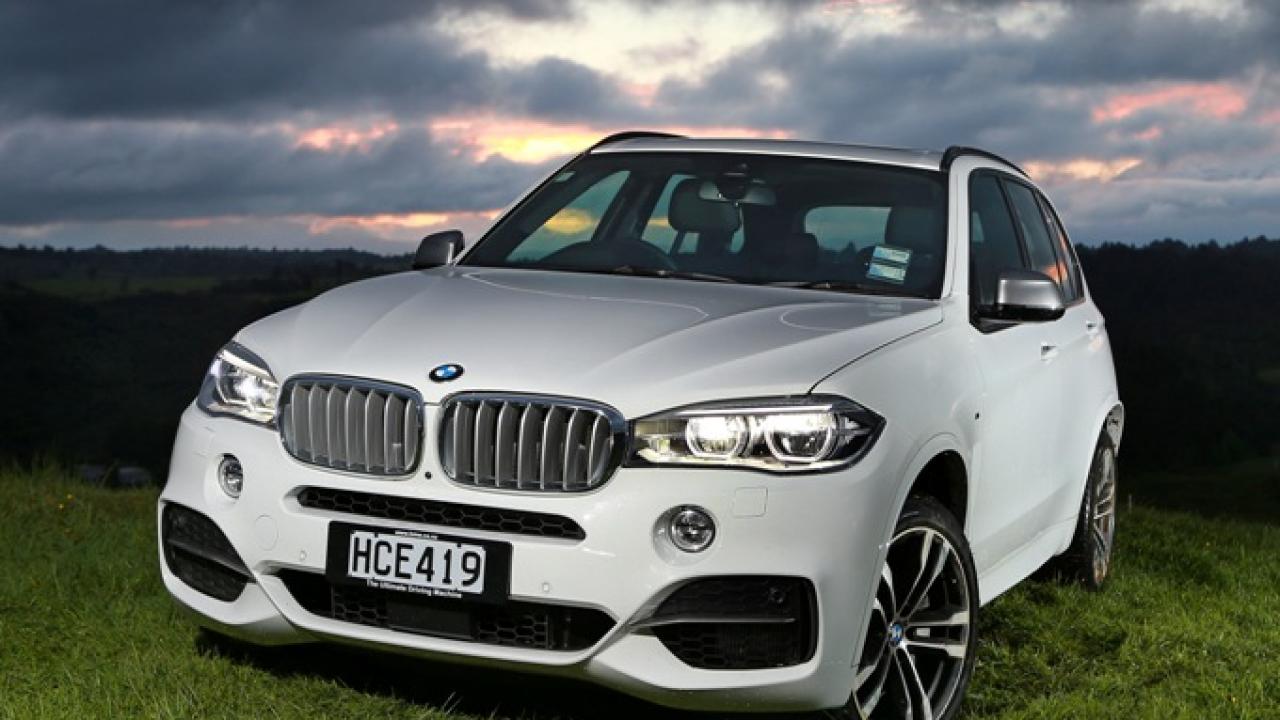Sticking with a winning formula
Since the first BMW X5 arrived on the global markets over a decade ago more than 1.3 million have been sold. BMW unashamedly say the X5's main focus is to deliver superior handling on the road, hence their well-documented use of the term SAV (Sports Activity Vehicle) as opposed to SUV (Sports Utility Vehicle), as used by others. But that's not to say that it’s not capable off the black top either.
With a reputation for building impressive engines, BMW’s two in-line six-cylinder diesel powerplants that are initially available on the new X5 are no exception. The oil burners, which are carried over from the previous models in the X5 30d and X5 M50d,have had further 'EfficientDynamics' tweaks to improve performance and fuel efficiency, now meeting the stringent Euro-6 exhaust emission standards.
The M50d produces a monstrous 280kW of power and 720Nm of torque from the triple-turbo diesel powerplant, which emits an exhaust note that the maker of any high performance petrol engine would be proud of.
The 30d is the quieter choice, with a turbo count that is reduced to two. It’s no slouch though, with its impressive performance of 190kW of power and 560Nm of torque.
The X5 M50d is claimed to sprint from standstill to our motorway speed limit quicker than most hot hatches, in just 5.3 seconds and use only 6.7L/100km of diesel in a combined cycle. The 30d’s dash from 0-100km/h is claimed to be 6.9 seconds and is said to use only 6.2L/100km of fuel in a combined drive cycle.
Both powerplants impress, while the xDrive AWD set-up provides tenacious traction and the torque vectoring system helps to reduce understeer in the turns.
The 'sports automatic transmission' is standard on all New Zealand models and shifts through the eight gears smoothly and impressively quick for a non dual-clutch auto 'box. It features ‘launch control’ that provides the ability to get the two tonne-plus machine off the line from a standing start with startling grip and acceleration.
More than a luxury school run status symbol
Off the black top, the X5 proves to be more than a luxury school run status symbol. The cleverly positioned external cameras remove the need to step out of the vehicle to check the surroundings and the variable-speed hill decent control keeps the hefty SAV from sliding uncontrollably down the steep low adhesion embankments.
Although it’s now in its third generation it’s instantly recognizable as an X5 and besides the wider kidney grille the visual changes appear to be minimal to the untrained eye.
The cabin has a fresher look and features BMWs new iDrive system with a large 10.25-inch display screen that protrudes out of the dashboard, with the on-screen selections made by using the rotary dial. Good quality trim and leather upholstery complete a premium feel. The new 40:20:40 split rear seats can fold down for added loading convenience and larger families can opt for an extra row of seats. Like most seven seaters, the seven seat option cannot be retrofitted once the vehicle has left the USA factory due to the different floor design.
Standard kit includes Head-Up display, surround view camera, bi-xenon adaptive headlights, 3D navigation display, run-flat tyres and an electric opening split tailgate.
The SUV segment is a dominant force in New Zealand’s new car market with over a quarter of last year’s sales consisting of SUVs with growth continuing in 2013.
For the first time, we’ll see a four cylinder X5 next year with the arrival of an X5 25d, along with an X5 40d, slotting in between the two current models. Some overseas markets will have a 2wd option available but here in New Zealand all models will be xDrive only. The fire-breathing petrol-powered V8s will no longer have a place on the BMW NZ's price list as it only accounted for 1% of the sales towards the end of the previous model’s production run.
The X5 30d has a recommended retail price of $129,000 while the M50d is stickered at $174,000. This represents an increase in price of between $4k and $6k but the extra equipment level more than makes up for the approximate 4% increase.



















